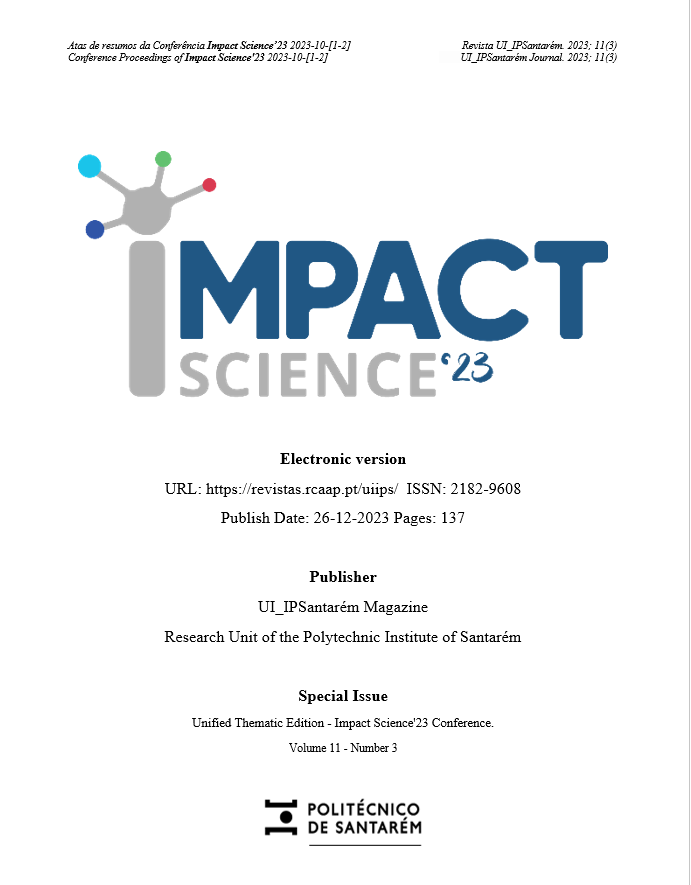Lean Philosophy and Design Thinking: A Combined Approach
DOI:
https://doi.org/10.25746/ruiips.v11.i3.32467Keywords:
Lean Manufacturing, Design Thinking, Lean Six-Sigma, Critical Failure factorsAbstract
Lean Manufacturing philosophy is being adopted worldwide as most industries aim at improving efficiency in their production processes through waste reduction or elimination, as for their goal is to increase market competitiveness and resilience to disruptive factors. Yet, implementing Lean Manufacturing philosophy is not a straightforward process and an increasing number of studies report many flaws, by several reasons, during the implementation process. These flaws may certainly have a quite significant negative impact on the performance of industries, sometimes with dramatic consequences. This work aims to explore how Lean Manufacturing philosophy combined with Design Thinking methodology can became a successful combined approach to overcome reported critical failure factors in the implementation of lean tools in industrial environments. Both methodologies are significantly different in nature, but we show how they can be combined for a successful implementation of lean tools. A particular key factor for this success is to take advantage of Design Thinking as a human-centric approach to solve “wicked” problems. In the end, we present a dictionary between DMAIC methodology for improving existing process problems with unknown causes, and the stages of Design Thinking methodology.
Downloads
Published
How to Cite
Issue
Section
License
Copyright (c) 2023 João P. Almeida, João Migliorini Cardoso, Wellington Souza Silva, Carla A. S. Geraldes

This work is licensed under a Creative Commons Attribution-NonCommercial-NoDerivatives 4.0 International License.
Authors publishing in this journal agree to the following terms:
Authors retain copyright and grant the journal the right of first publication, with the article simultaneously licensed under the Creative Commons Attribution License that allows sharing of the work with acknowledgement of authorship and initial publication in this journal.
Authors are permitted to enter into additional contracts separately for non-exclusive distribution of the version of the article published in this journal (e.g., publish in an institutional repository or as a book chapter), with acknowledgment of authorship and initial publication in this journal.
Authors have permission and are encouraged to publish and distribute their work online (e.g., in institutional repositories or on their personal webpage) at any point before or during the editorial process, as this may generate productive changes, as well as increase the impact and citation of the published work.



